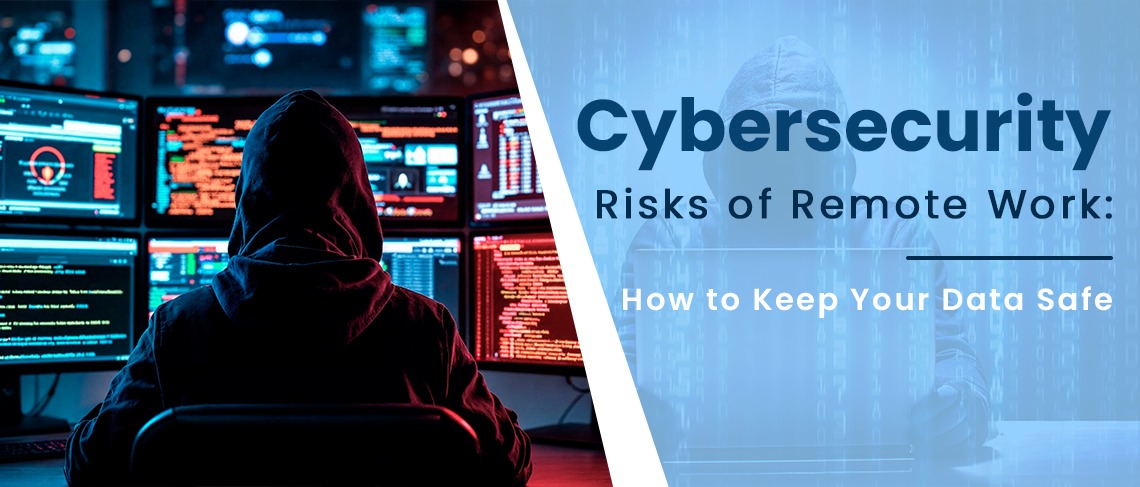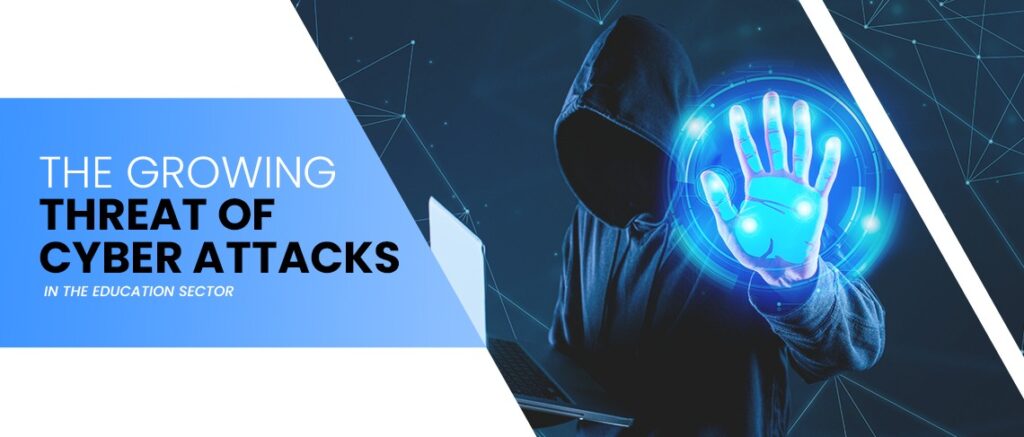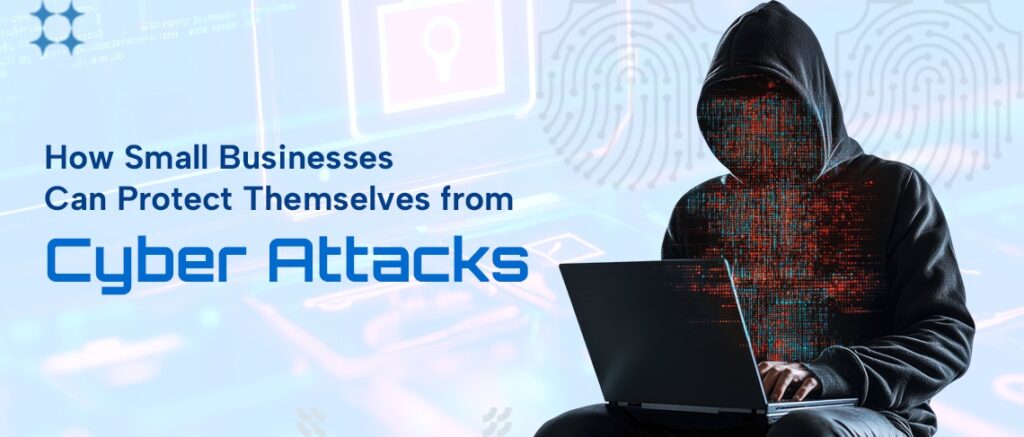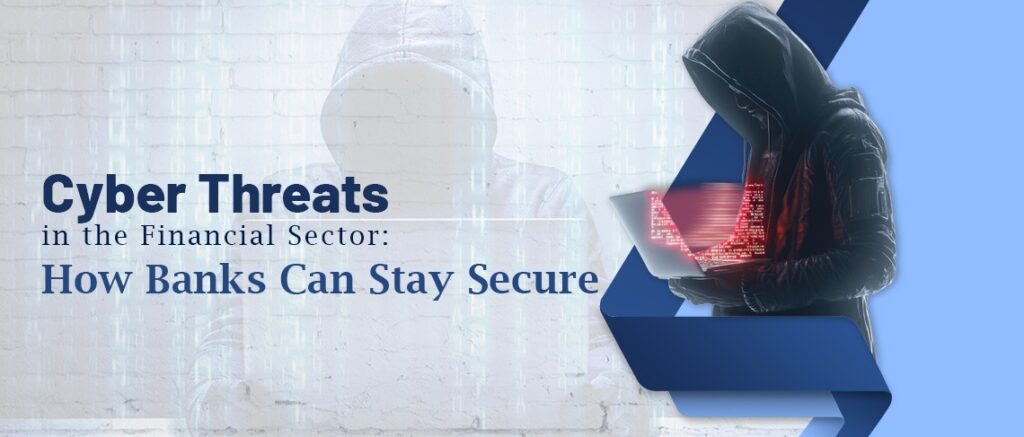Remote work has become the new backbone of businesses worldwide. With employees now logging in from home, cafes, and co-working spaces, it’s convenient for everyone—but the world of remote work comes with its own set of challenges. One of the most pressing? Cybersecurity.
According to a report by IBM, the average cost of a data breach is at an all-time high, reaching $4.35 million in 2022. Many breaches are a direct consequence of vulnerabilities amplified by remote work setups.
Let’s walk through the most common cybersecurity risks tied to remote work and provide actionable solutions to keep your data protected. Whether you’re an employee, small business owner, or enterprise leader, this should help you with some insights and potential approaches to ensure that you and your organization stay safe.
Common Cybersecurity Risks in Remote Work
Unsecured Wi-Fi Networks
When employees work from home (or worse, public spaces), they may connect to poorly secured Wi-Fi networks. Hackers can easily intercept unencrypted communications on public Wi-Fi, gaining access to sensitive work-related data.
Phishing and Social Engineering Attacks
Remote employees are prime targets for phishing scams, as they rely heavily on email and online communication. Sophisticated emails posing as IT support or corporate updates can trick individuals into sharing credentials or clicking malicious links.
Weak Passwords and Poor Credential Hygiene
Password reuse across accounts and reliance on easy-to-guess credentials leave systems vulnerable. A single compromised password can grant hackers access to an entire corporate network.
Use of Personal Devices (BYOD)
The line between personal and work devices has blurred in remote setups. Employees using unsecured personal devices to access company data increase the risk of malware infections and breaches.
Lack of VPN or Encrypted Connections
Without Virtual Private Networks (VPNs), employees are directly logging into corporate networks on unencrypted connections, leaving them exposed to interception or monitoring.
Unpatched Software and Outdated Systems
When employees don’t update software or systems, they leave the door wide open for hackers to exploit known vulnerabilities. A single outdated app could compromise an entire network.
Shadow IT
Many employees use unauthorized tools and apps to improve productivity, but these tools often bypass security protocols, introducing unmonitored vulnerabilities to corporate systems.
Real-World Examples of Remote Work Breaches
Case Study 1
A large pharmaceutical company fell victim to a phishing attack targeting remote employees. Posing as IT, hackers stole hundreds of credentials, resulting in the theft of confidential research data.
Lesson learned: Educate employees on phishing detection and ensure multi-factor authentication (MFA) is in place.
Case Study 2
A financial services firm suffered a network breach when an employee accessed corporate resources over a compromised café Wi-Fi hotspot. Sensitive client data was leaked and subsequently sold on the dark web.
Lesson learned: Enforce the use of VPNs and promote secure network practices.
How to Keep Your Data Safe Best Practices for Individuals
Use Strong, Unique Passwords and a Password Manager
Stop relying on “123456” or “password”! Instead, create long, complex passwords and use password managers (like LastPass or Bitwarden) to store credentials securely and conveniently.
Enable Two-Factor Authentication (2FA)
2FA adds an extra layer of protection by requiring a second verification step, such as a code sent to your phone. Even if a password is compromised, your account remains secure.
Always Connect through a VPN
Consider VPNs as your digital bodyguard. VPNs encrypt your internet connection, making it nearly impossible for hackers to snoop on your activities or steal sensitive information.
Avoid Public Wi-Fi or Use It Securely
If public Wi-Fi is unavoidable, ensure it’s paired with a VPN. Without encryption, your data can be intercepted by anyone within the Wi-Fi network.
Keep Systems and Software Up to Date
Regular updates aren’t just about new features—they often patch security vulnerabilities. Always enforce automatic updates for operating systems and software.
Install Reputable Antivirus and Endpoint Protection
Invest in good antivirus software that offers real-time protection against malware, spyware, and ransomware. Centralized endpoint protection tools like CrowdStrike can protect all devices accessing company networks.
Secure File Sharing and Cloud Storage
When sending sensitive information or files, stop using standard email and attachments – instead choose to share files from encrypted platforms such as Microsoft M365, Google Workspace or Dropbox.
Regular Backups and Recovery Plans
Ensure critical files are backed up routinely and automatically. Whether it’s a hardware failure, ransomware attack, or accidental deletion, backups can save the day.
Role of Organizations in Remote Cybersecurity
While individuals have a part to play, organizations bear ultimate responsibility for securing their data. Here’s how companies can prioritize cybersecurity in distributed workforces.
Employee Training and Awareness
Educate employees to recognize phishing scams, handle sensitive information securely, and follow best IT practices. Cybersecurity should be part of their onboarding and ongoing training. Zelar can help you roll out and manage a comprehensive cybersecurity awareness training program.
Enforce Security Policies
Create clear policies around acceptable use of personal devices, secure passwords, and approved remote work apps. Regular compliance checks help ensure adherence.
Provide Secure Tools and Infrastructure
Employees need more than just laptops. Equip them with secure VPNs, remote desktop software, password managers, and endpoint protection.
Monitor and Audit Access
Use access management software to provision access based on the principle of least privilege to employees (grant only the minimum required permissions). Regularly audit access logs to detect suspicious activity.
Tools and Resources to Strengthen Remote Security
VPNs
- NordVPN or ExpressVPN for personal use
- Cisco AnyConnect for organizational deployment
Antivirus Software
- McAfee Endpoint Security
- Norton 360
- CrowdStrike Falcon
Password Managers
- LastPass
- 1Password
- Bitwarden
Secure Communication Tools
- Signal for encrypted messaging
- Microsoft Teams or Slack for collaboration
Building a Proactive Cybersecurity Culture
Remote work isn’t going anywhere, and neither are the risks that come with it. Proactively investing in cybersecurity today will save you from costly breaches tomorrow.
Start by implementing the best practices covered here, empowering employees with awareness and tools, and ensuring your organization enforces strict policies. By doing so, you’ll create a remote work environment that’s not only efficient but secure.
Want to strengthen your remote security toolkit? Connect with Zealartrust, the best cyber security consulting company UAE



